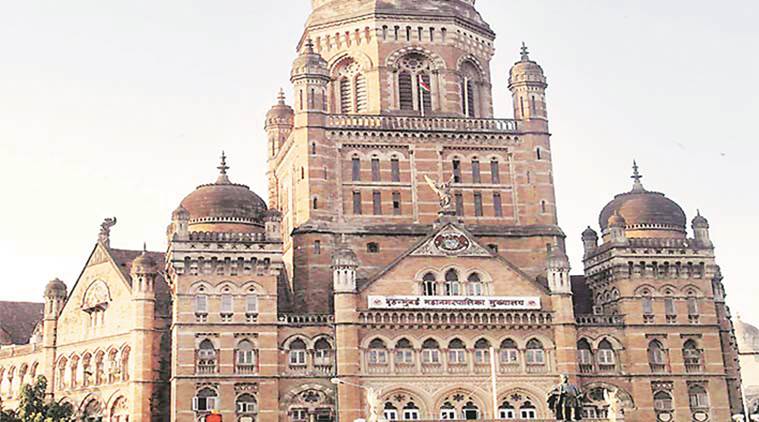Stay updated with the latest - Click here to follow us on Instagram
Revamp of BMC’s ENT hospital nears completion
Over a century old structure was built using Gothic, Neo-classical styles
 BMC office building/The grade 2B heritage structure is over a century old, built using elements of Gothic and Neo-classical styles of architecture. (File)
BMC office building/The grade 2B heritage structure is over a century old, built using elements of Gothic and Neo-classical styles of architecture. (File)
The revamp of BMC’s only ENT hospital in the city’s Fort area is near completion, and will soon flaunt a tower that once existed over the building, but was demolished for reasons unknown.
The grade 2B heritage structure is over a century old, built using elements of Gothic and Neo-classical styles of architecture. Completed in 1904, the building was once the City Improvement Trust Office. In 1964, it was converted to house the Atmasing Jessasing Bankebihari ENT Municipal Hospital. As per historical records, the builder of the structure is award-winning architect Charles Frederick Stevens.
The building, located at the junction of Maharshi Dadhichi Marg and Mahatma Gandhi Marg at Fort, is a G+2 load bearing structure with a composite flat slab and has part Mangalore-tiled sloping timber roofs and part flat terrace.
Two types of stones have been used in the ashlan masonry — Malad and Porbunder stone. The northern and western facade show typical Gothic Motifs used in the form of arches, windows, finials, porches and stained glass.
“The (demolished) towers were part of the skyline of this important street…hence they were a key to re-instating the lost heritage value,” said architect Rahul Chemburkar, whose firm has been appointed by the BMC for the restoration. “In the current scenario, using the original material wasn’t ideal due to its constraints. Structural steel and glass-reinforced concrete (GRC) have been used here, which makes the new construction lightweight, yet retains the facade elements.”
Phase 1 of the restoration was undertaken from 2009-11, whereas the second phase, which includes revamping of the external and internal facade, as well as interiors, began from 2017.
“80 per cent of the work is now complete,” an official from the heritage department said.







